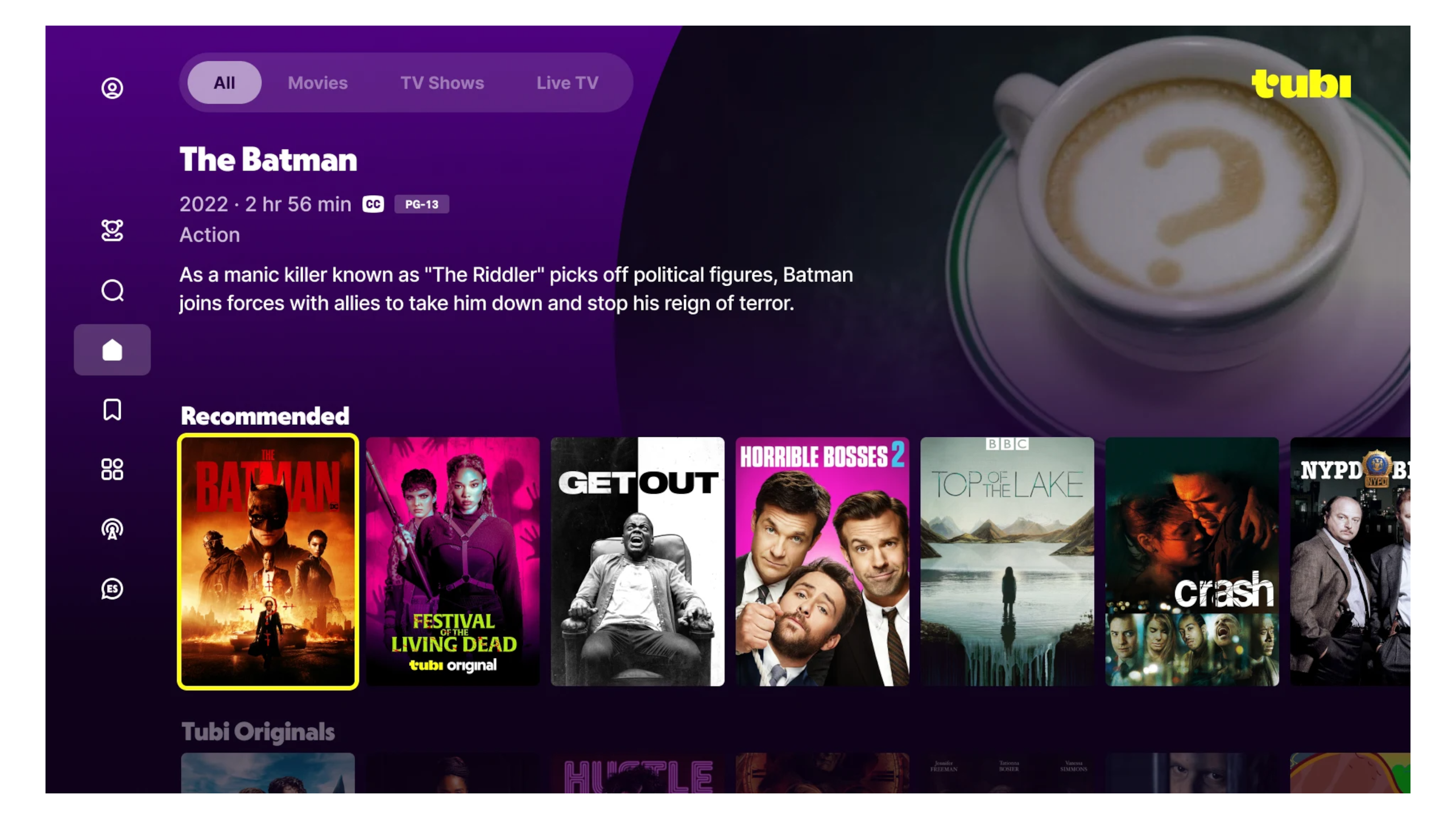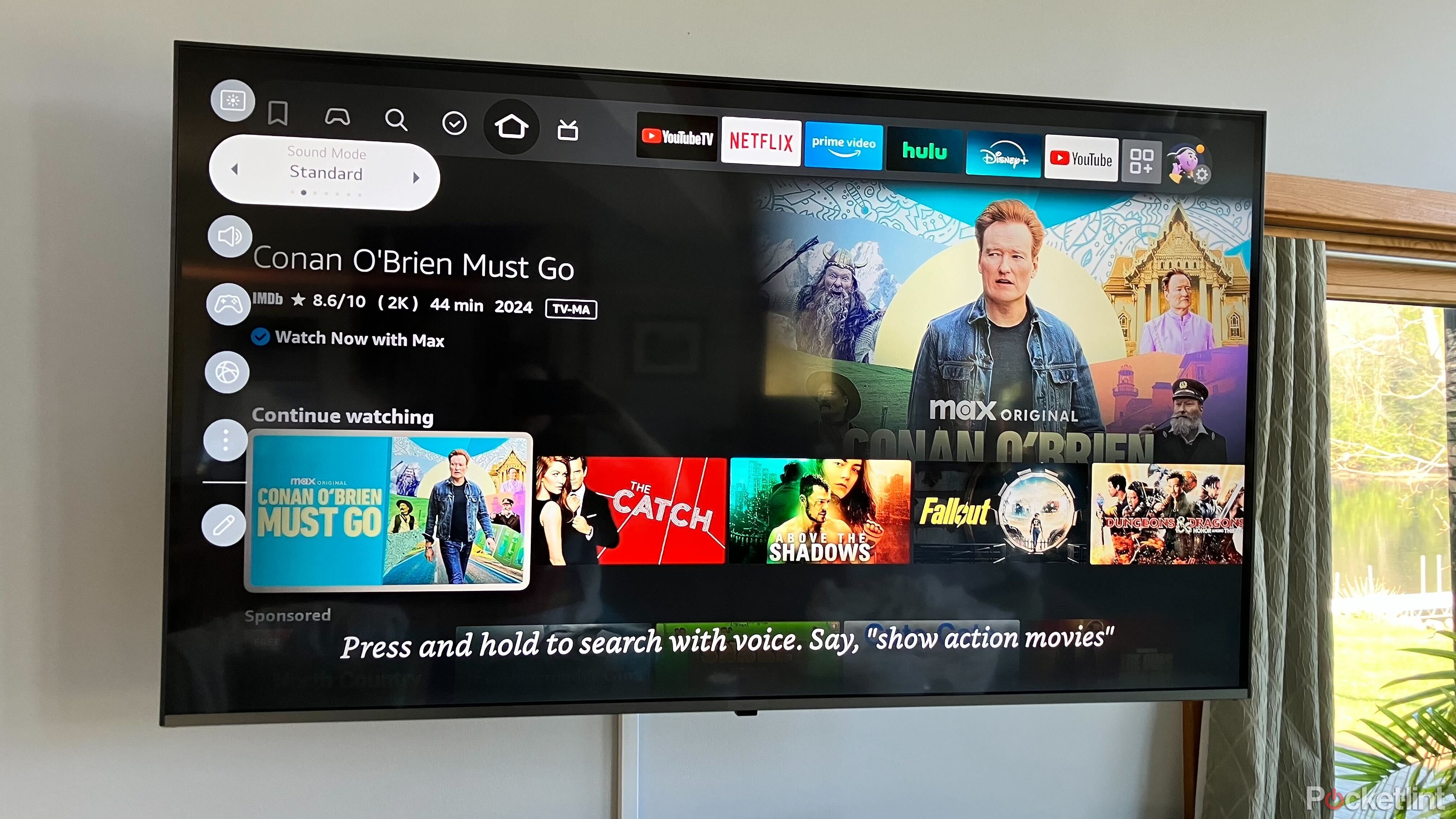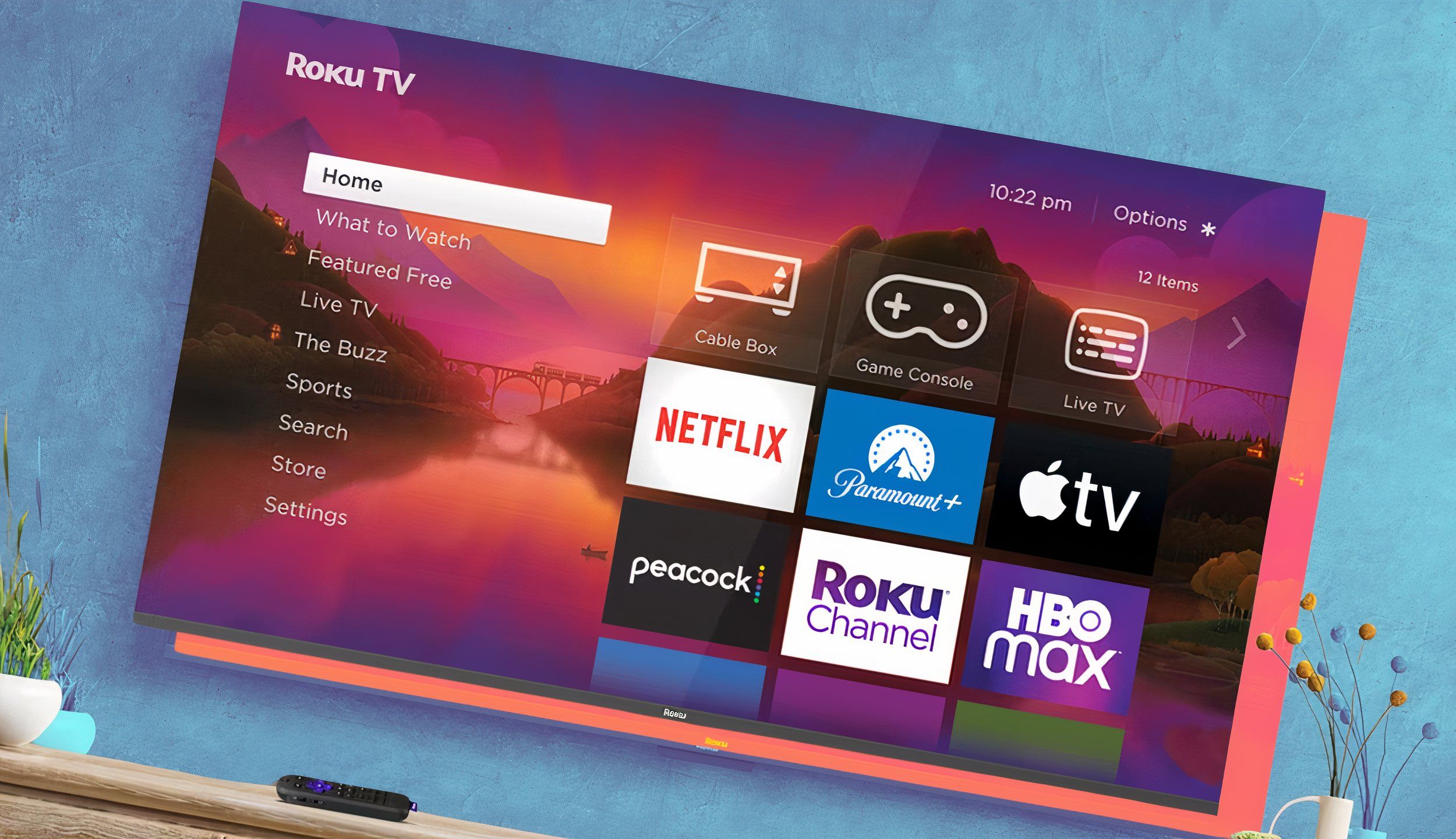Key Takeaways
- Free content on smart TVs and streaming devices is often filled with uninspired and cheap titles.
- Channels are free due to ads that generate revenue for TV brands.
- Automatic content recognition on TVs tracks what you watch to help create targeted ads and inform monetization strategies.
TV brands love to boast about all the extra perks you’ll receive if you buy their product. One commonality among the top brands that make smart TVs, as well as those that make video streaming sticks, is the notion of free content. They all claim some combination of free channels, movies, TV shows, or even services. Samsung TV Plus, which comes with Samsung smart TVs, boasts over 1,000 free titles, while LG Channels offers over 300 channels. The Roku Channel, meanwhile, is a free streaming service comprising shows, movies, and news as well as a bunch of on-demand titles. Meanwhile, Google TV claims over 800 channels. There are also free services like Pluto TV, Tubi, and Freevee.
5 reasons to buy a Sony TV over a Samsung TV
I used to strictly be a Samsung cinephile, but Sony’s latest innovations may have just swayed me.
There is so much free content — but don’t be fooled. As much as these companies want to advertise a lot of extras and bonuses, all of these come with a price, and that bill gets paid one way or another in time. Here’s what you need to know about free channels.
Content is dated and usually not highly requested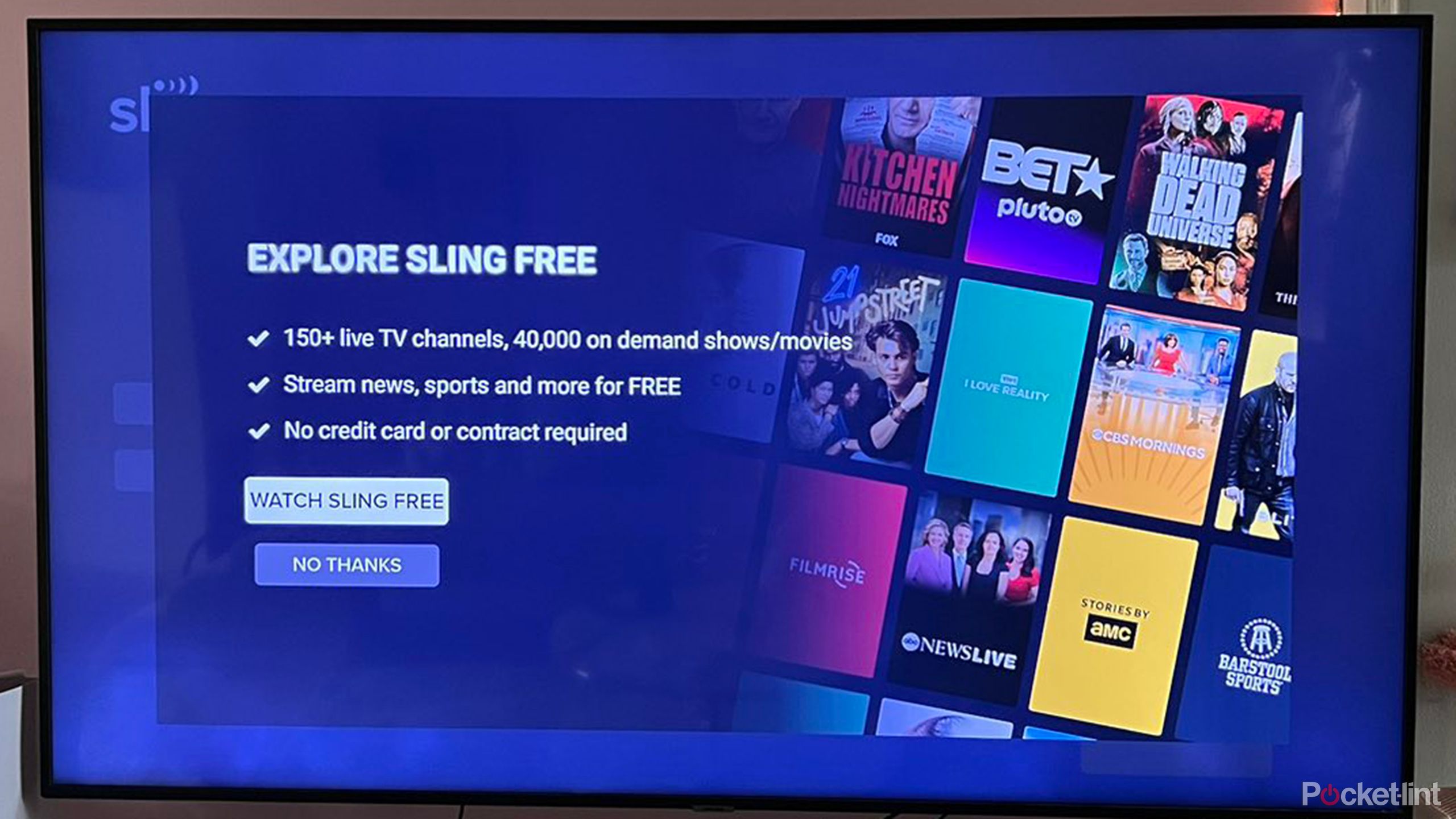
That so many companies are using similar tricks when appealing to your time and energy should be a giant red flag. What does it matter that Google offers 800 channels, or that Vizio claims over 15,000 titles? Well, it doesn’t matter much, because much of it isn’t worth your time.
Might include Baywatch, Storage Wars, Anger Management, Murder She Wrote, the Price is Right. Essentially, older fictional content or cheap and dated reality and games shows.
Consider that many of these free channels are hyper-specific, with a bunch that feel designed simply to be left on in the background, and maybe just for your pets when you leave the house. Maybe there’s some appeal to a channel full of Hallmark movies, or the myriad nature channels that offer some peace and calm. But a lot of options are what are referred to as 24/7 channels, which means the same show runs on repeat. That might be Baywatch, Storage Wars, Anger Management, Murder She Wrote, the Price is Right; so, older fictional content or cheap and dated reality and games shows.
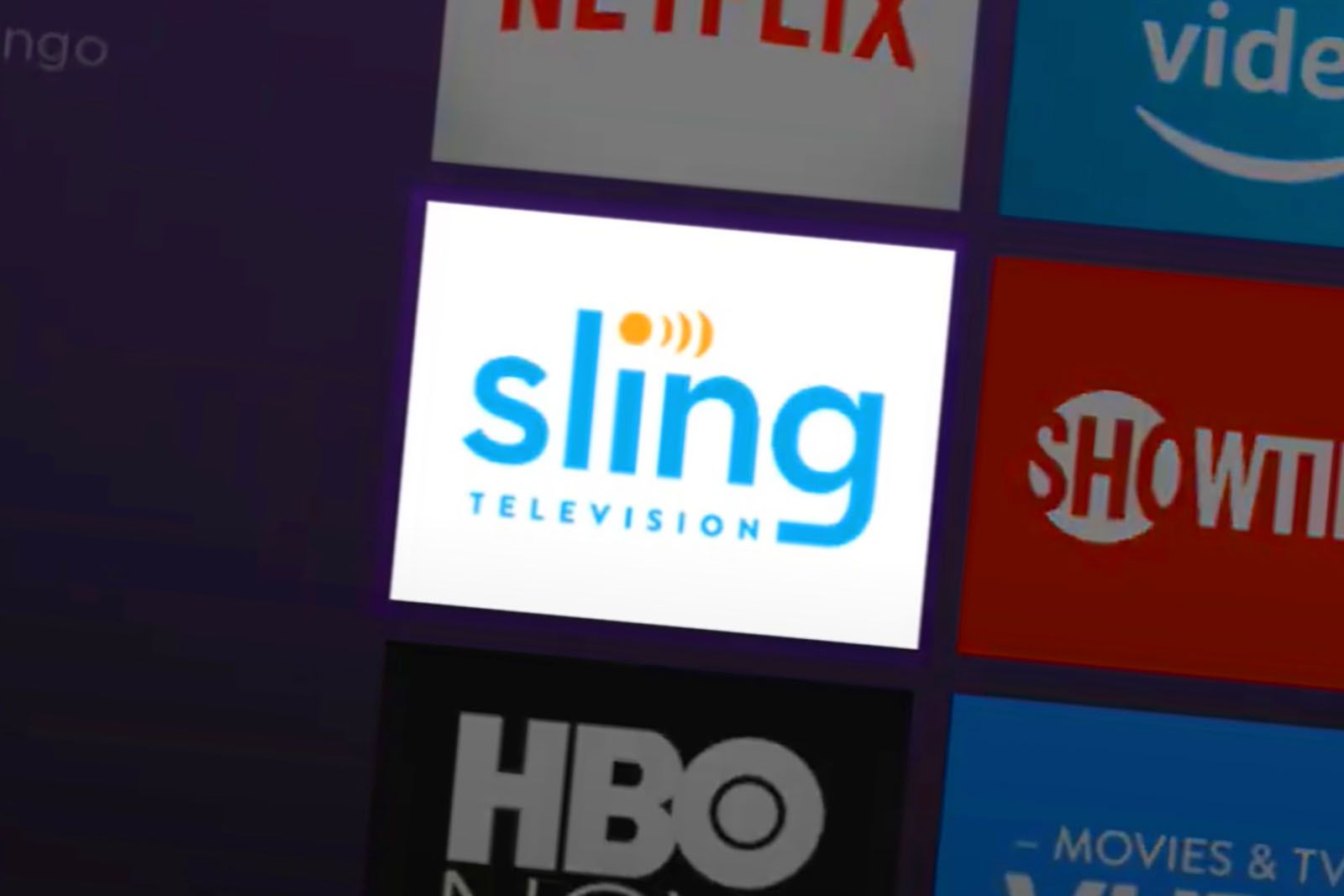
What you can watch with Sling TV (and whether you should try it)
Sling TV is a live TV streaming service where you only pay for the channels you want. Here’s everything to know, including price and plan details.
You’ll also find lots of local news and a range of music channels. Even if there are some interesting choices within these vast databases of free stuff, there isn’t necessarily a lot that is either compelling or unique.
As for shows and movies, you’ll be hard-pressed to find anything new or highly-sought after. You’ll be getting titles that would have appeared on Saturday afternoons of cable TV past. It’s not that these are bad movies, but they are going to be niche or dated, and certainly not anything that people are currently talking about.
Ads everywhere
There is lots to sell
Tubi
These channels and titles are free because they are populated with ads and commercials. They are meant to hold your attention. Samsung, LG, and others, would love for you to simply stay on their respective platforms as you scroll through all the options, finally landing on something that features ads, helping them make more money. And the more time you spend on their platforms, the less you spend on others.

How to remove Prime Video’s new intrusive ads
You’ll probably have to upgrade, but you can use the web or any Prime Video app.
What I find unsettling is that companies generally prefer consumers to pay less in order to access ad-supported tiers rather than have them pay more for the ad-free subscriptions. Netflix, Disney+, Peacock, and Paramount, among others, encourage users to get the cheaper option because the ad revenue is more lucrative. They don’t mind that some subscribers pay more to opt out of ads, just as long as the majority keep with the ad-supported tiers.
It’s why Amazon is pushing Prime towards more engaging and diverse advertisements, and why Netflix did away with one of its mid-level subscriptions. The “free” channels and titles on all these services and OS platforms come with ads, and those ads make money.
Automatic content recognition
Your TV is watching you, sort of
The ability for companies to know what you’re watching, and for how long, plays a key factor in free content. Automatic content recognition, or ACR, is the process by which a TV logs what exactly is on the screen, and relays that information back to a database to inform all kinds of decisions. It may be based on audio or video, but snippets are taken and then analyzed so that brands can find out what you’re watching and what you’re not.
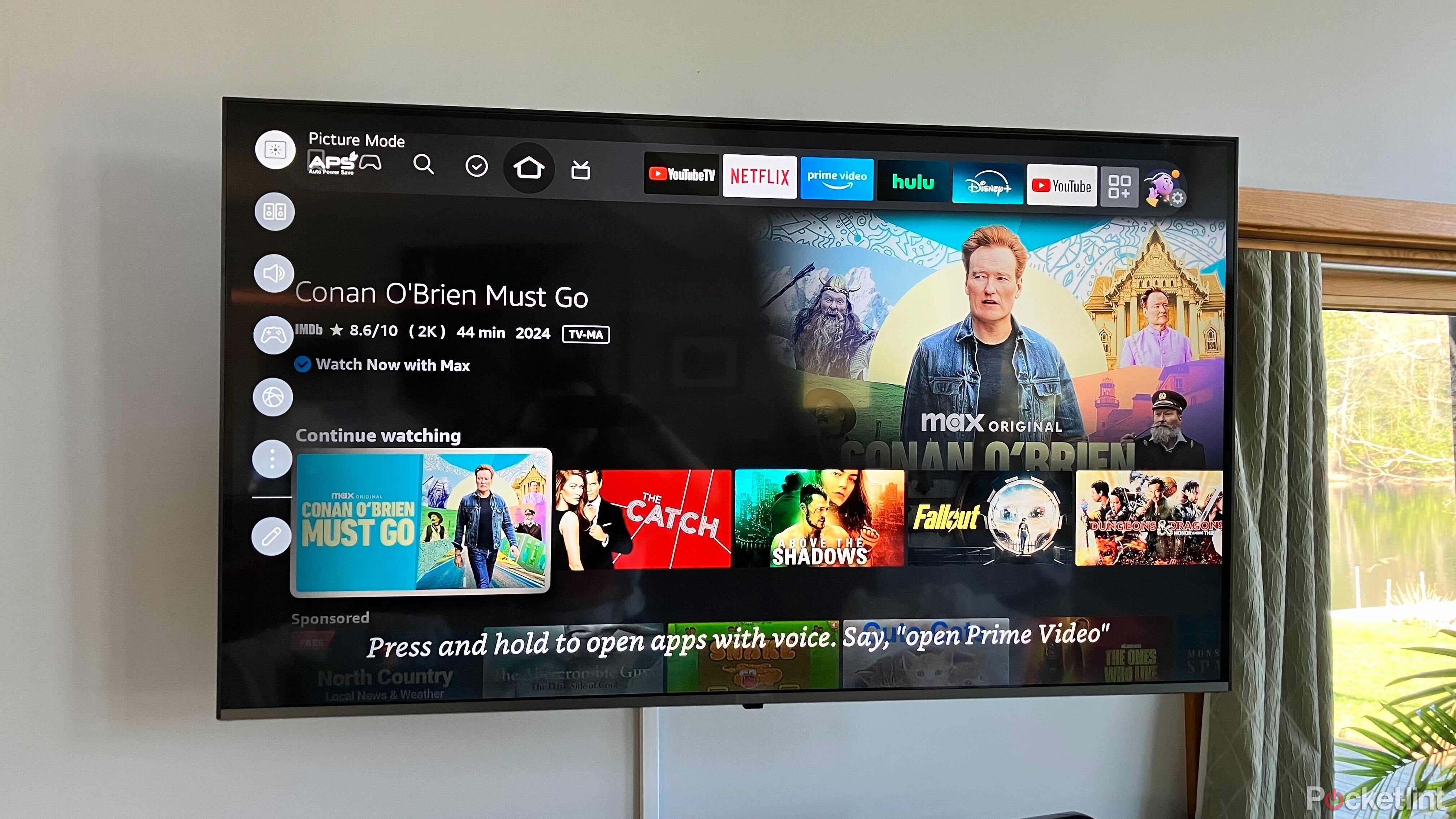
Your smart TV might be collecting too much information — here’s how to avoid that
I don’t mind if my TV knows what shows I like, but it’s trying to gather too much information. Here’s how to avoid that.
The information can be used for a variety of things. It can help companies sell and price ad space, as well as create more targeted and dynamic advertisements for consumers. Tracking content consumption can inform a number of monetization strategies as well.
Most TVs come with ACR automatically turned on, because of course they do, but each TV offers ways in which you can toggle it off, which is highly recommended.
Is there any value in free channels?
Free stuff isn’t entirely bad
Roku / Pocket-lint
For those on a budget, especially those who opt out of paying for streaming services, there is plenty of content available to watch, and if you stay organized, you can find some options worthwhile.
There are indeed some hidden gems within the mountains of free content available, but you certainly need to know what you’re looking for in order to not get lost and waste time in this labyrinth of titles. For those on a budget, especially those who opt out of paying for streaming services, there is plenty of content available to watch, and if you stay organized, you can find some options worthwhile.
Still, consider how much your time and attention is worth, and it’s a calculation every content consumer should weigh. If all these companies really want you to prefer viewing ads and accept paying less for all these interruptions, then it should signal that it’s maybe not in your best interest.
Trending Products

Cooler Master MasterBox Q300L Micro-ATX Tower with Magnetic Design Dust Filter, Transparent Acrylic Side Panel…

ASUS TUF Gaming GT301 ZAKU II Edition ATX mid-Tower Compact case with Tempered Glass Side Panel, Honeycomb Front Panel…

ASUS TUF Gaming GT501 Mid-Tower Computer Case for up to EATX Motherboards with USB 3.0 Front Panel Cases GT501/GRY/WITH…

be quiet! Pure Base 500DX Black, Mid Tower ATX case, ARGB, 3 pre-installed Pure Wings 2, BGW37, tempered glass window

ASUS ROG Strix Helios GX601 White Edition RGB Mid-Tower Computer Case for ATX/EATX Motherboards with tempered glass…


